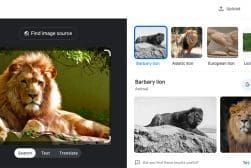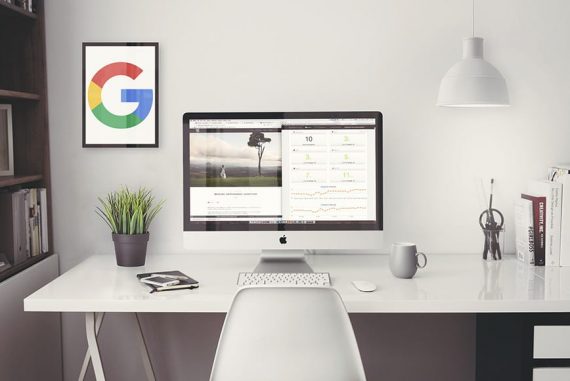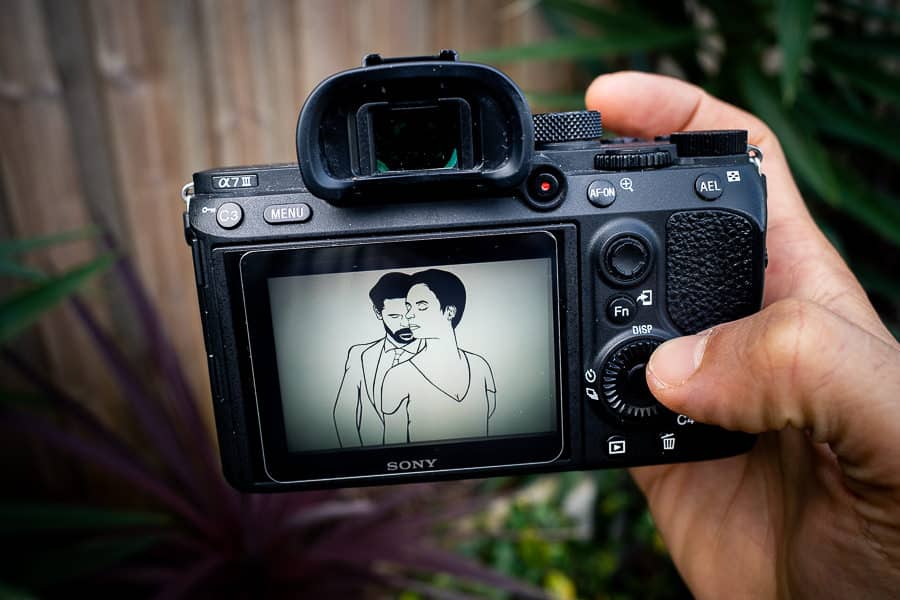Now You Can Generate AI Images Instantly With Google’s Search Bar
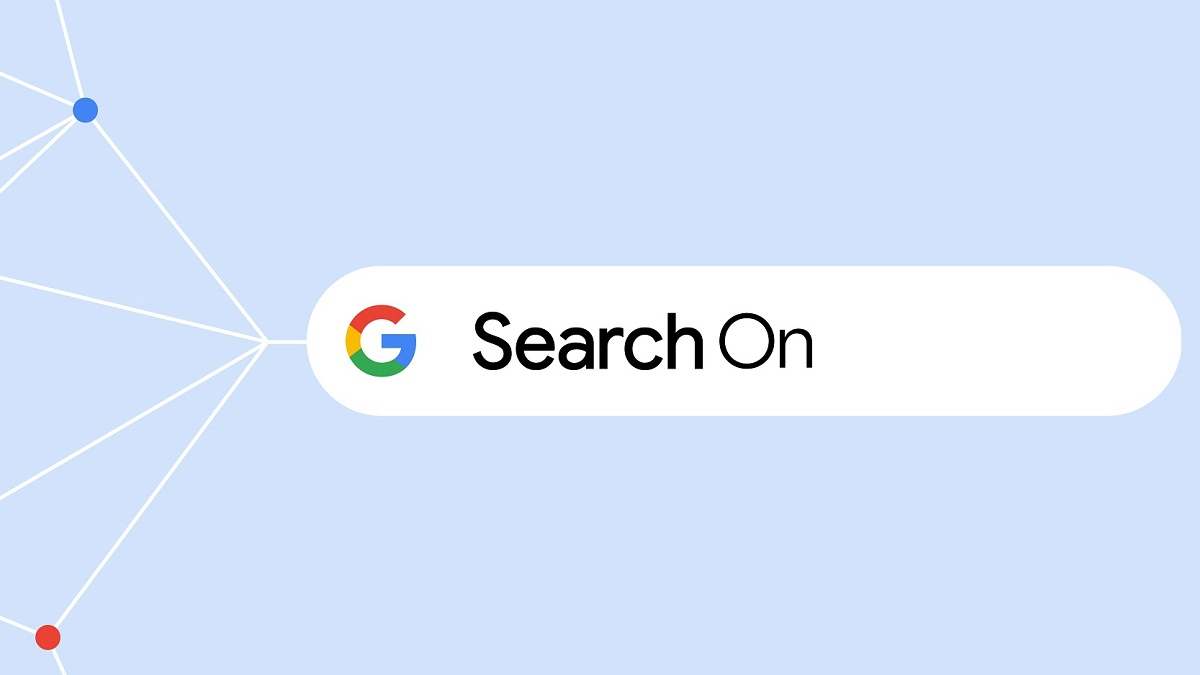
Alphabet has now unveiled a wholly new component to its famous and globally used Google search page. This is its AI-generated image tool.
The catch however, at least for now, is that the feature is only available in English to people in the United States who’ve activated Google’s Labs in their Chrome browsers or in their Google app on their phones.
The generative image component of this is part of Google’s existing Search Generative Experience (SGE) function, and it lets you directly create AI images right from your Google search bar.
SGE as a whole offers even more AI-enabled features than just image rendering. In fact, it’s a sort of publicly available experimental probe into what Google seems to be planning for all of its search protocols down the road.
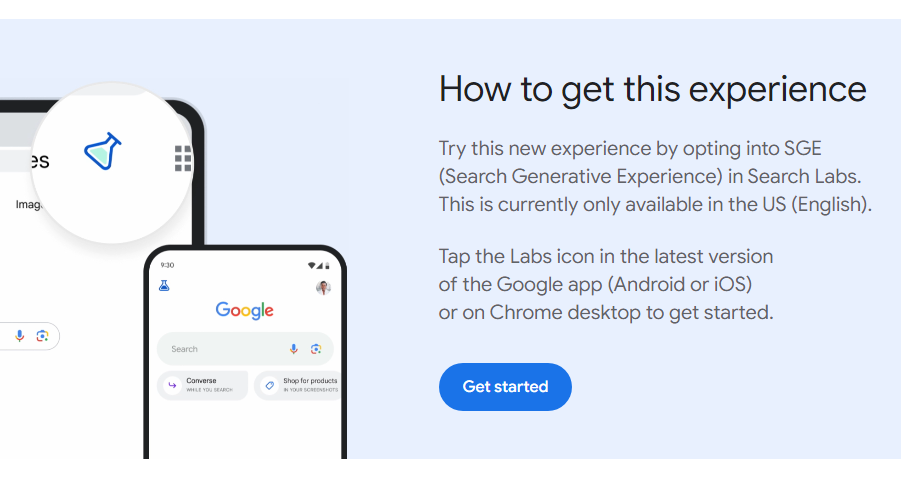
With SGE activated, aside from being able to create rendered images, Google users can also have Alphabet’s Bard AI (or possibly “Magi”) give them a natural language response to prompts.
This feature lets users obtain an AI-created overview of a topic based on the data in Google’s search results. They can also then ask follow-up questions and make new search queries, or just do a conventional Google search of their own for links.
The responses to prompts are actually built from the very data found in the links that a search leads to, which users can later verify.
Despite this, Google itself warns that “This is an early stage experience, so quality may vary. Your feedback will help us improve.”
The visual rendering updates to SGE released this Thursday are an addition to the AI search features above and are powered by a different Google AI, one called Imagen.
With the visual AI, you can request generated image returns from prompts typed into the search bar.
Thus for example, if you type in something like “a red polar bear sitting down to breakfast in a forest field with a capybara dressed in a suit”, the SGE engine behind this feature will render an image for you along with several alternatives that you can also pick for further refinement.
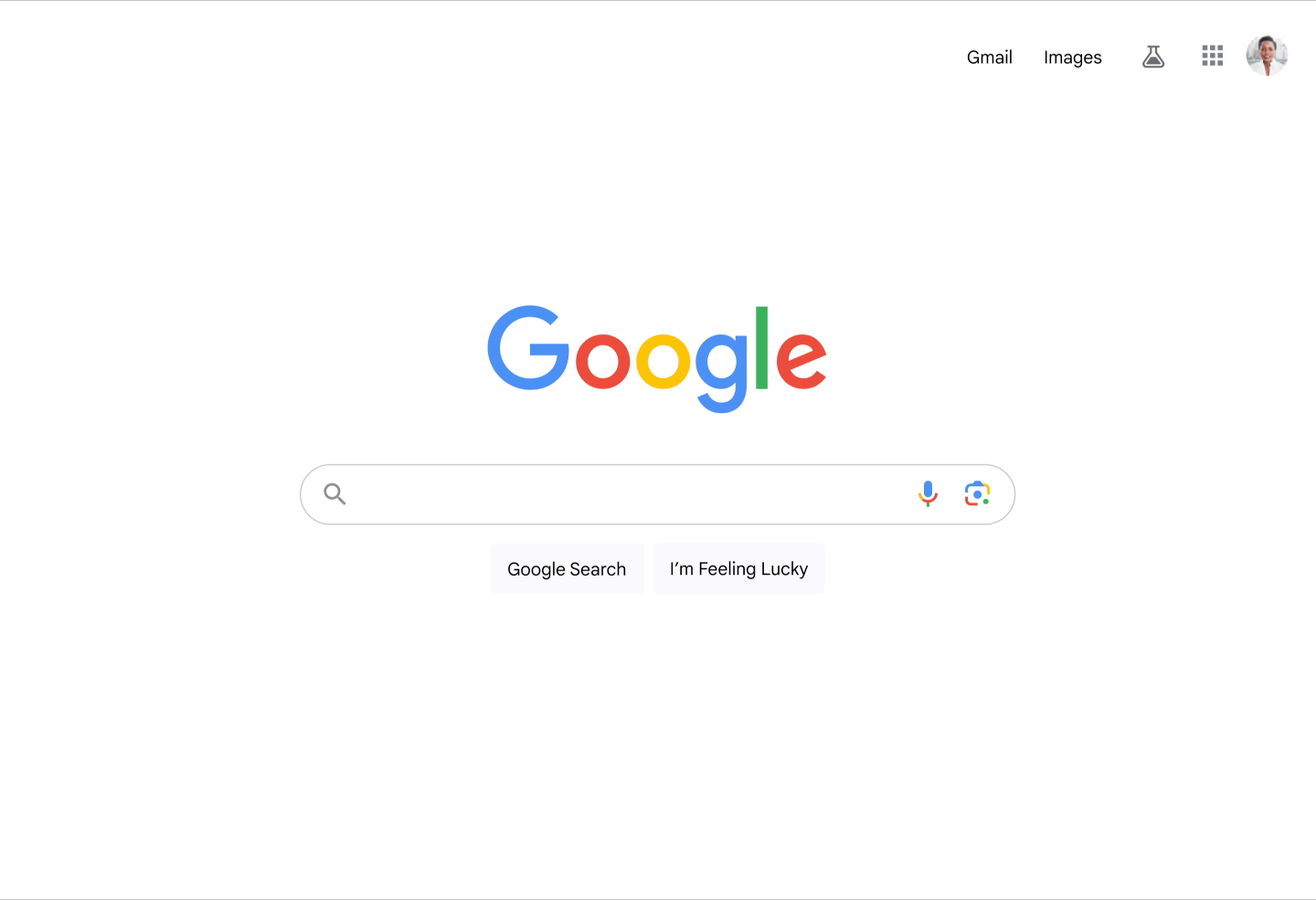
Google is also letting users export their images to their Drive folder or simply download them to their devices.
Another part of the AI-rendering capabilities being added to Google is being able to generate images directly in Google Image search results.
Thus, if you want ideas for some Halloween party decorations or pumpkin carving designs, you can type them into the search bar and get rendered results instead of actual images.
Whether this is a great idea for millions of real photos and the creators behind them is something i’ll leave open for debate.
Google will of course still let users search for regular images of anything they need. The company even lets you apply Google Lens to your generated images to see if real-world versions exist of whatever the AI hallucinated from your instructions.
The whole thing is pretty interesting, but also food for thought about the blurring of boundaries between real things and an ocean of instantly-rendered AI visual spam flooding even Google itself, in this case, created by the very search engine itself.
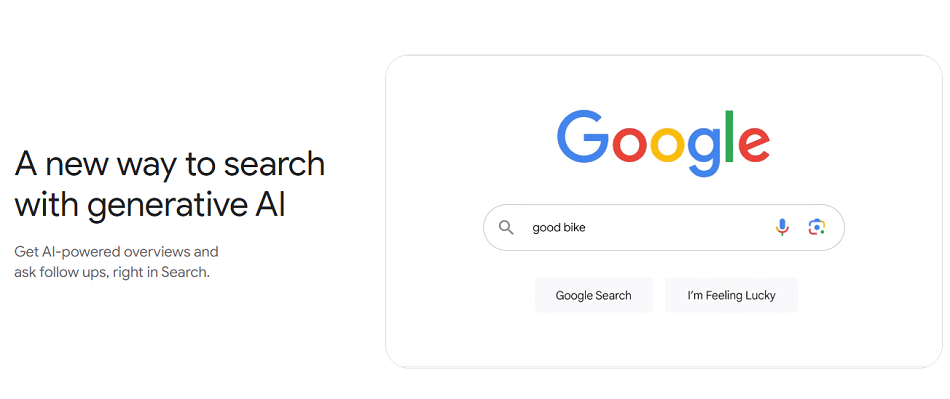
Again, at least for now, to enjoy all of the above, you need to be located in the U.S. or at least have an IP address that’s U.S.-based, and you also need to opt into Google Labs (something you can do with just a click or two).
All results are still only available in English for now, but all of the above limitations will definitely disappear as soon as Google works out the kinks in its new AI search toys.
On the other side of the coin, Google claims that it’s working to limit abuse of its AI image rendering tools by blocking users from creating photorealistic images of human faces.
Want photorealism for other creatures, scenes and random objects? No problem, but for human faces, nope.
Also on a final note, Google is obviously going to be watermarking all of the rendered image creations it produces for users.
They’ll be doing this through a system called SynthID, which was developed by DeepMind and announced last month.
In other words, even though you can save your visuals to your device or Drive folder as downloaded files, you can’t upload them again as your own creations to Google Image without Google knowing where they came from.
Google’s new AI generative options and AI search summaries are already available if your IP address is in the U.S.
Image credits: Google







